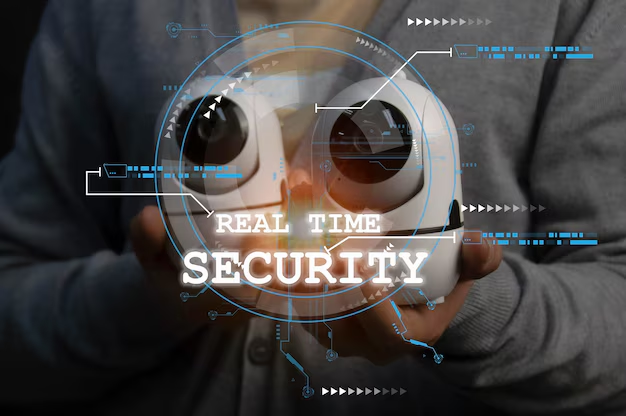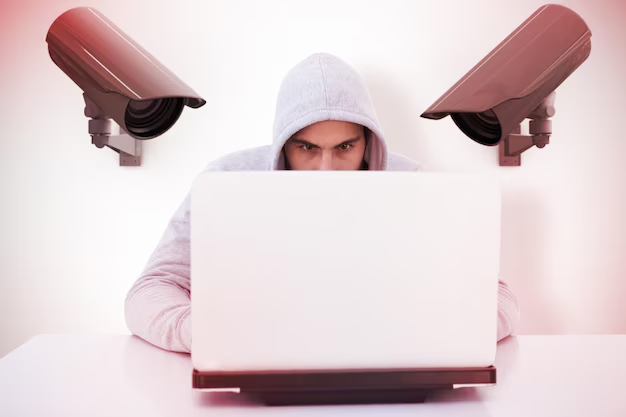Technology is relentless in its rapidity. This can come in the form of undisclosed surveillance incidents. It can take many forms, such as while listening in on a conversation by way of bugs or over covert cameras and unauthorized audio devices. They can all reveal secrets, intellectual property infringement, and exposure-sensitive information. For corporate and personal purposes, it is best to identify and neutralize such risks. This blog considers the most secure ways to locate surveillance devices-such as counter-surveillance equipment-as well as explores how TSCM professionals will mitigate this kind of risk.

Understanding the Scope of Surveillance Threats
Hidden surveillance devices come in many forms and can be easily disguised in everyday objects such as smoke detectors, power outlets, and even USB chargers. These devices can:
- Record audio and video without your consent.
- Transmit sensitive conversations to third parties.
- Compromise your business’s intellectual property or personal privacy.
The good news is that with the right tools, techniques, and expertise, these threats can be detected and neutralized effectively.
1. Signs That Indicate Potential Surveillance Threats
Before diving into detection tools and techniques, it’s essential to recognize the warning signs of hidden surveillance:
- Unusual Sounds or Interference: Static or buzzing sounds during phone calls may indicate the presence of surveillance equipment.
- Strange Objects or Changes in the Environment: Unfamiliar devices or changes to familiar items could be signs of hidden bugs.
- Battery Drain or High Data Usage: Devices transmitting data to remote locations may cause unusual battery or network activity.

2. Tools to Detect Surveillance Devices
Using the right tools is the first step in identifying hidden surveillance threats. Here are some key counter-surveillance tools:
- RF Detectors: These devices scan for radio frequencies emitted by hidden cameras or audio bugs.
- Thermal Imaging Devices: Thermal scanners detect heat signatures from hidden electronics.
- Bug Sweep Devices: Advanced bug sweepers identify signals from GSM, Bluetooth, and Wi-Fi-based bugs.
- Lens Detectors: Hidden cameras often use lenses that reflect light, which can be spotted using specialized detectors.
3. Conducting a Physical Inspection
While tools are essential, a thorough physical inspection can often reveal hidden bugs. Focus on areas such as:
- Ceiling fixtures and smoke detectors.
- Wall outlets and power strips.
- Furniture, books, and decorative items.
- Electronic devices like phones, chargers, or clocks.
Pay attention to anything that seems out of place or tampered with.

4. Real-Time Threat Mitigation
Once a surveillance device is detected, immediate action is necessary to neutralize the threat. Real-time threat mitigation includes:
- Disabling the Device: Turn off or remove the detected device to prevent further surveillance.
- Blocking Transmission Signals: Use signal jammers or shielding to disrupt the device’s ability to transmit data.
- Reporting to Authorities: Depending on the situation, report the incident to law enforcement or legal advisors.
5. The Role of TSCM Experts
While DIY methods can be effective for basic detection, hiring TSCM (Technical Surveillance Countermeasures) experts ensures comprehensive protection. TSCM professionals bring:
- Advanced Technology: High-grade tools for detecting even the most sophisticated surveillance devices.
- Expert Analysis: The ability to identify and address vulnerabilities in physical and digital environments.
- Customized Solutions: Tailored strategies to secure your premises, devices, and communications.

6. Why Regular Inspections are Essential
Surveillance threats are not static. New technologies emerge frequently, making regular inspections crucial. Scheduled TSCM sweeps provide:
- Proactive Defense: Identifying and eliminating threats before they cause harm.
- Peace of Mind: Confidence that your privacy is protected.
- Compliance: Ensuring adherence to industry-specific privacy and security standards.
Conclusion
The risk of hidden surveillance threats is real, but with the right approach, these risks can be effectively mitigated. From using RF detectors and bug sweepers to enlisting the expertise of TSCM professionals, a proactive stance on privacy is the key to staying secure.


